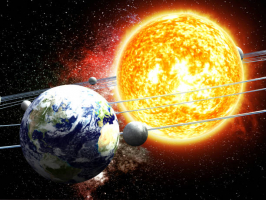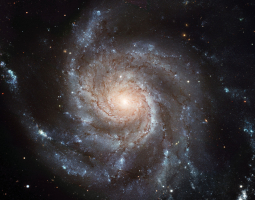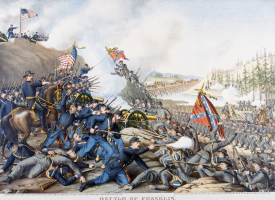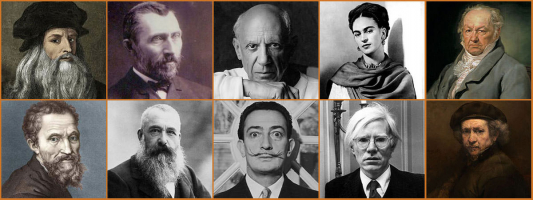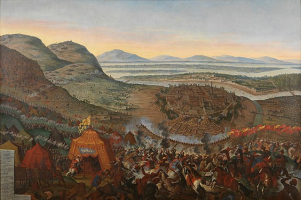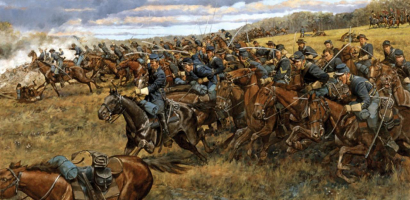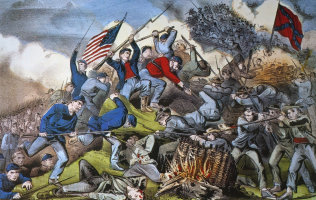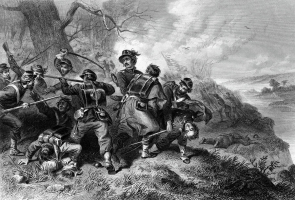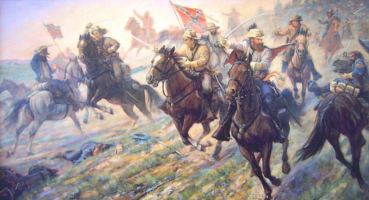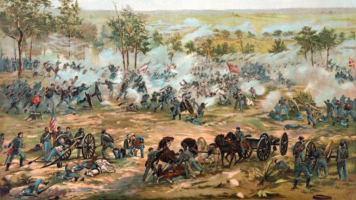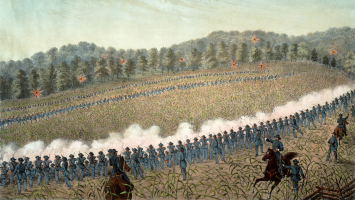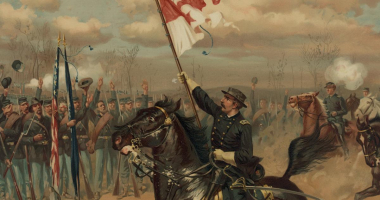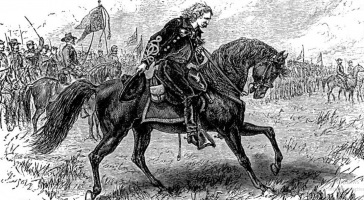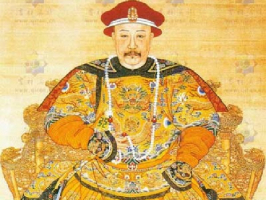Top 11 Questions About the History of Space Exploration Answered
The use of astronomy and space technology to explore outer space is known as space exploration. While astronomers use telescopes to explore space, physical ... read more...exploration is done by both uncrewed robotic space missions and human spaceflight. Space exploration, like its traditional counterpart astronomy, is a major source of information for space scientists. Since the first artificial satellite was launched in 1957, astronauts have journeyed to the moon, spacecraft have explored the solar system, and space equipment have identified hundreds of planets orbiting distant stars. Aside from that, there are several unanswered issues regarding the history of space exploration. Let's find out now.
-
Rockets must escape the Earth's gravity, which is the force that pulls things towards the Earth. To accomplish so, they must produce a massive quantity of thrust - the power that propels the rocket higher. Rockets transport a lot of fuel. This fuel burns slowly and produces a lot of heat. When rocket fuel burns, gas is produced. The gas buildup departs the rocket with great power, providing enough thrust for the rocket to take flight. The rocket must carry a large amount of fuel in numerous tanks in order to maintain enough thrust to overcome Earth's gravity. When a tank of fuel is depleted, the fuel tank is detached from the rocket, making it significantly lighter.
Because a rocket requires power to escape Earth's gravity, the explosive chemical reaction occurs in a restricted chamber and discharges gases via a cone-shaped nozzle at the rocket's tail end. The cone form accelerates the gases, which may travel up to 9,941 miles (15,998 kilometers) per hour.
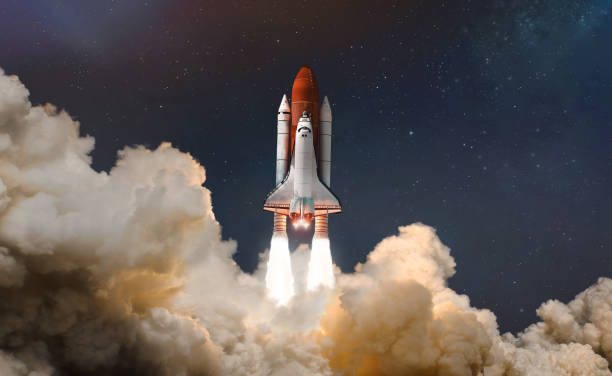
istockphoto https://www.youtube.com/watch?v=9g0FehS0H1E -
The first artificial Earth satellite was Sputnik 1. The Soviet Union launched it into an elliptical low Earth orbit on October 4, 1957, as part of the Soviet space program. It sent a radio signal back to Earth for three weeks until its three silver-zinc batteries died, and it remained in orbit for three months before falling down into the atmosphere on January 4, 1958. It was a 58 cm (23 in) diameter polished metal spherical with four exterior radio antennae for broadcasting radio pulses. Its radio signal was clearly detectable by amateur radio operators, and its orbital inclination of 65° allowed it to fly over almost the whole inhabited Earth.
The satellite's unexpected success caused the American Sputnik controversy and launched the Cold War-era Space Race. The launch signaled the start of a new age of political, military, technical, and scientific advancements. When used in an astronomical context, the word sputnik means satellite; it may also imply spouse or traveling partner. Scientists gained vital information by tracking and examining Sputnik 1 from Earth. The density of the upper atmosphere could be calculated from its pull on the orbit, and radio signal propagation provided information on the ionosphere.
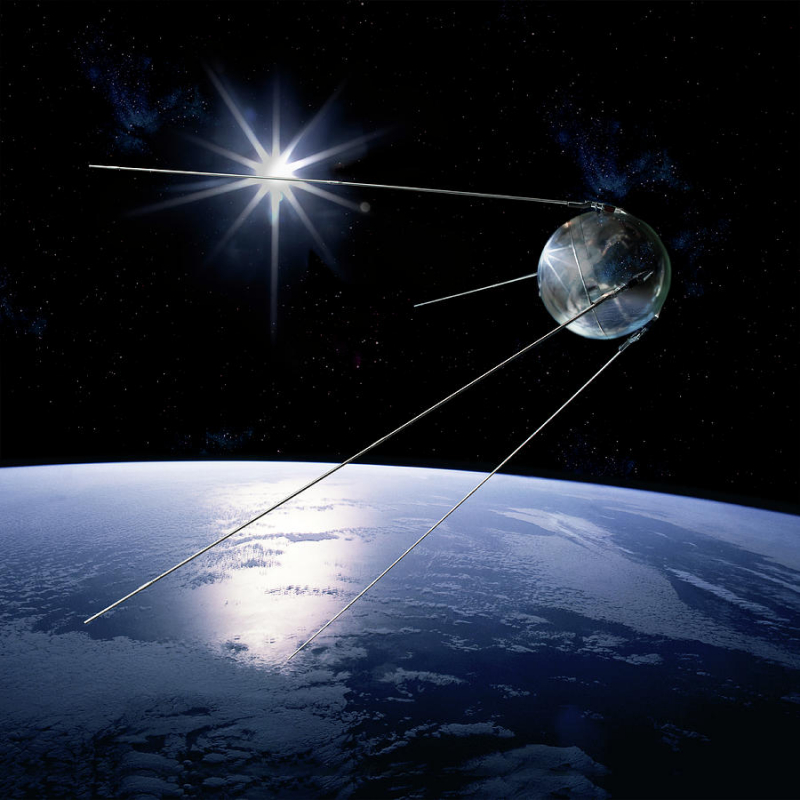
pixels.com https://www.youtube.com/watch?v=qQMZ-emCG-M -
The Space Shuttle was a spaceship utilized by NASA, or the National Aeronautics and Space Administration. The Orbit Shuttle was used to transport humans and cargo into space. Satellites, space station components, and research experiments were sent into orbit by the space shuttle. It was a novel type of spacecraft since it could be reused several times.
The Space Transportation System (STS) was the official name for the space shuttle. It was used to orbit Earth, where its crew could conduct scientific research, launch satellites, and visit space stations. The space shuttles, which were launched from Florida's Kennedy Space Center, typically carried five to seven crew members. Six shuttles were constructed. Enterprise, the first orbiter, was built in 1974 for testing reasons. Columbia, Challenger, Discovery, Atlantis, and Endeavour were the other five. Endeavour was designed as a replacement after the space shuttle Challenger crashed 73 seconds after launch in 1986. Columbia disintegrated during re-entry in 2003. NASA's space shuttle program began with the first crewed flight in 1981 and continued until 2011, when the Atlantis completed its final mission.
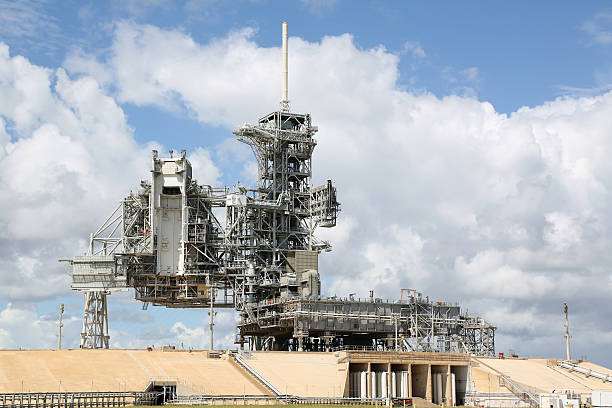
istockphoto https://www.youtube.com/watch?v=oMeXcBk1x-c -
A space suit, often known as a spacesuit, is a garment worn by astronauts to keep them alive in the harsh environment of outer space, vacuum, and temperature extremes. Space suits are frequently worn within spacecraft as a safety measure in the event of cabin pressure loss, and they are required for extravehicular activity (EVA), or work performed outside of spacecraft. Space suits have been worn for such tasks in Earth orbit, on the Moon's surface, and on the way back to Earth from the Moon. Modern space suits supplement the basic pressure garment with a complex system of equipment and environmental systems designed to keep the wearer comfortable and to minimize the effort required to bend the limbs, thereby resisting the natural tendency of a soft pressure garment to stiffen against the vacuum.
To provide total freedom of movement independent of the spaceship, a self-contained oxygen supply and environmental control system is typically used. There are three varieties of space suits: IVA (intravehicular activity), EVA (extravehicular activity), and IEVA (intra/extravehicular activity). Individual innovators created the first full-pressure suits for usage at severe altitudes as early as the 1930s. The Soviet SK-1 suit, worn by Yuri Gagarin in 1961, was the first space suit worn by a human in space.
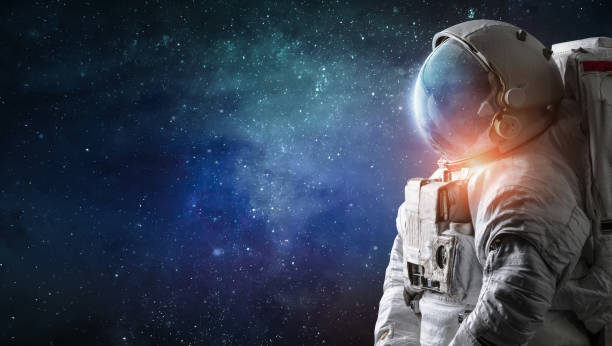
istockphoto https://www.youtube.com/watch?v=EN5OkKV7j5s -
The Hubble Space Telescope (abbreviated HST or Hubble) is a space telescope that was deployed into low Earth orbit in 1990 and is still operational today. It was not the first space telescope, but it is one of the largest and most flexible, known for its importance as a scientific instrument as well as a public relations boon for astronomy. The Hubble Space Telescope is one of NASA's Great Observatories and is named after astronomer Edwin Hubble. The Goddard Space Flight Center (GSFC) oversees the spacecraft while the Space Telescope Science Institute (STScI) picks Hubble's targets and examines the resultant data.
The Hubble Space Telescope transmits around 120 terabytes of research data every week, according to NASA. Among its numerous discoveries, the HST has determined that the universe is 13 to 14 billion years old. The telescope was also instrumental in the discovery of dark energy, a factor that accelerates the expansion of the universe. The HST has revealed scientists galaxies in their "baby" phases of development, which has helped them comprehend how galaxies originate. It discovered protoplanetary disks, which are clusters of gas and dust around young stars and are thought to be the birthplace of new planets. It also found that gamma-ray bursts—extremely intense energy explosions—occur in faraway galaxies when big stars collide.
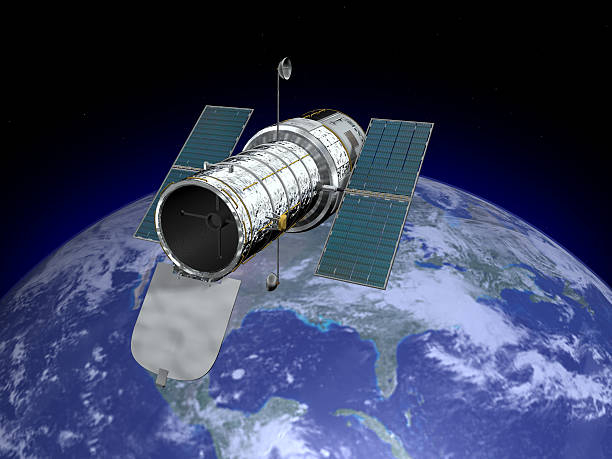
istockphoto https://www.youtube.com/watch?v=7BmMdiLgVsc -
A space probe is a man-made spacecraft that travels through space gathering scientific data. A space probe may orbit the Earth, approach the Moon, travel through interplanetary space, flyby, orbit, land, or fly on other planets, or reach interstellar space. Many nations and commercial corporations, including the Soviet Union, the United States, India, and others, have launched probes to planets, asteroids, and moons across the Solar System.
Its mission is to carry out research. It has cameras and modern electronics to relay photographs back to Earth via radio. The Soviet Luna 1 was the first successful space probe, passing within 3,725 miles (5,995 kilometers) of the Moon's surface after 83 hours of flight. It then entered an orbit around the Sun between Earth and Mars. The United States launched Voyager 1 and Voyager 2 from rockets in 1977. These space missions investigated all of our solar system's large planets (Jupiter, Saturn, Uranus, and Neptune), 48 of their moons, and each planet's distinctive system of rings and magnetic fields. Since then, numerous countries have sent many probes into the solar system on a variety of different missions.
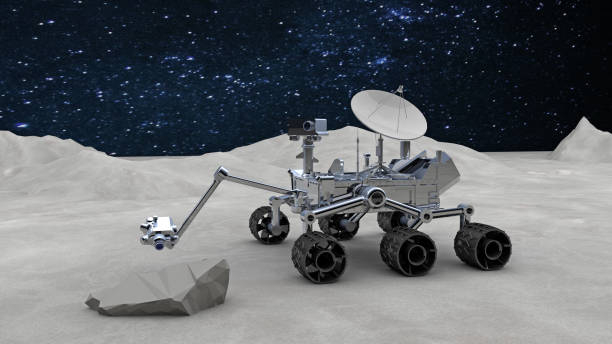
istockphoto https://www.youtube.com/watch?v=AIx2uUv2F5w -
Yuri Alekseyevich Gagarin (March 9, 1934 – March 27, 1968) was a Soviet pilot and cosmonaut who became the first person to travel into space. Gagarin completed one orbit of Earth in the Vostok 1 spacecraft on April 12, 1961. By reaching this significant milestone in the Space Race, he became an international celebrity and received several medals and titles, including Hero of the Soviet Union, his country's highest honor.
Gagarin was born in the Russian town of Klushino and worked as a foundryman at a steel company in Lyubertsy as a young worker. Later, as a pilot, he joined the Soviet Air Forces and was stationed at the Luostari Air Base near the Norwegian border before being chosen for the Soviet space program alongside five other cosmonauts. Gagarin went on to become the deputy training director of the Cosmonaut Training Centre, which was eventually named after him. In 1962, he was elected to the Soviet of the Union and later to the Soviet of Nationalities, the lower and upper chambers of the Supreme Soviet.
Gagarin's sole spaceflight was Vostok 1, although he was a backup crew member for the Soyuz 1 mission, which resulted in a catastrophic disaster, killing his friend and fellow cosmonaut Vladimir Komarov. Fearing the death of a national hero, Soviet leaders barred Gagarin from additional spaceflights. He was able to fly normal aircraft again after finishing training at the Zhukovsky Air Force Engineering Academy in February 1968. Five weeks later, Gagarin was killed when the MiG-15 training jet he was piloting with flight instructor Vladimir Seryogin crashed near Kirzhach.
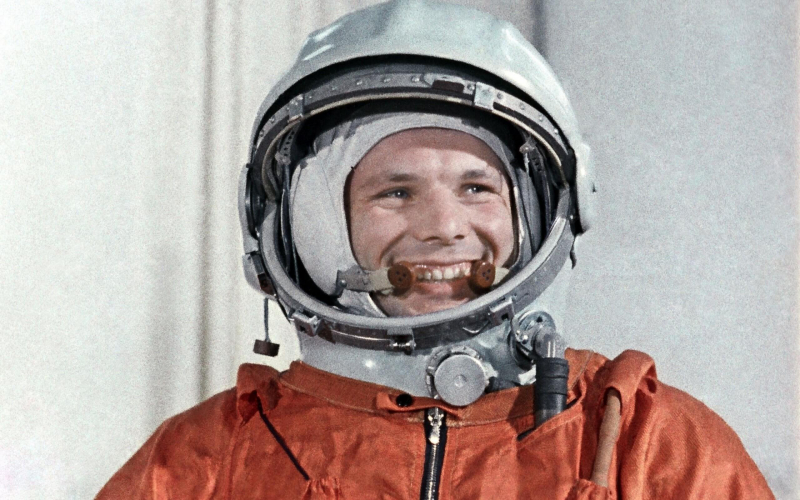
istockphoto https://www.youtube.com/watch?v=yIvk0aQifPs -
Valentina Vladimirovna Tereshkova is a Russian State Duma member and former Soviet astronaut. She was the first and youngest woman in space, flying a solo mission aboard the Vostok 6 on June 16, 1963. She orbited the Earth 48 times and spent over three days in space, making her the first woman to have completed a solo space trip.
Tereshkova was a textile mill worker and an amateur skydiver before being chosen for the Soviet space program. After finishing her training, she joined the Air Force as a member of the Cosmonaut Corps and was commissioned as an officer. Tereshkova stayed in the space program as a cosmonaut teacher until the first group of female cosmonauts was disbanded in 1969. She went on to graduate from the Zhukovsky Air Force Engineering Academy and re-qualify for spaceflight, but she never flew again. She left the Air Force in 1997, having risen to the rank of major general.
Tereshkova was a senior member of the Communist Party of the Soviet Union, serving in several political positions, notably as a member of the Supreme Soviet's Presidium from 1974 until 1989. She remained politically engaged after the Soviet Union's demise, but lost elections to the national State Duma in 1995 and 2003. Tereshkova was later elected to the Yaroslavl Oblast Duma, her provincial parliament, in 2008. She was first elected to the national State Duma in 2011 as a member of the United Russia party, and she was re-elected in 2016 and 2021.
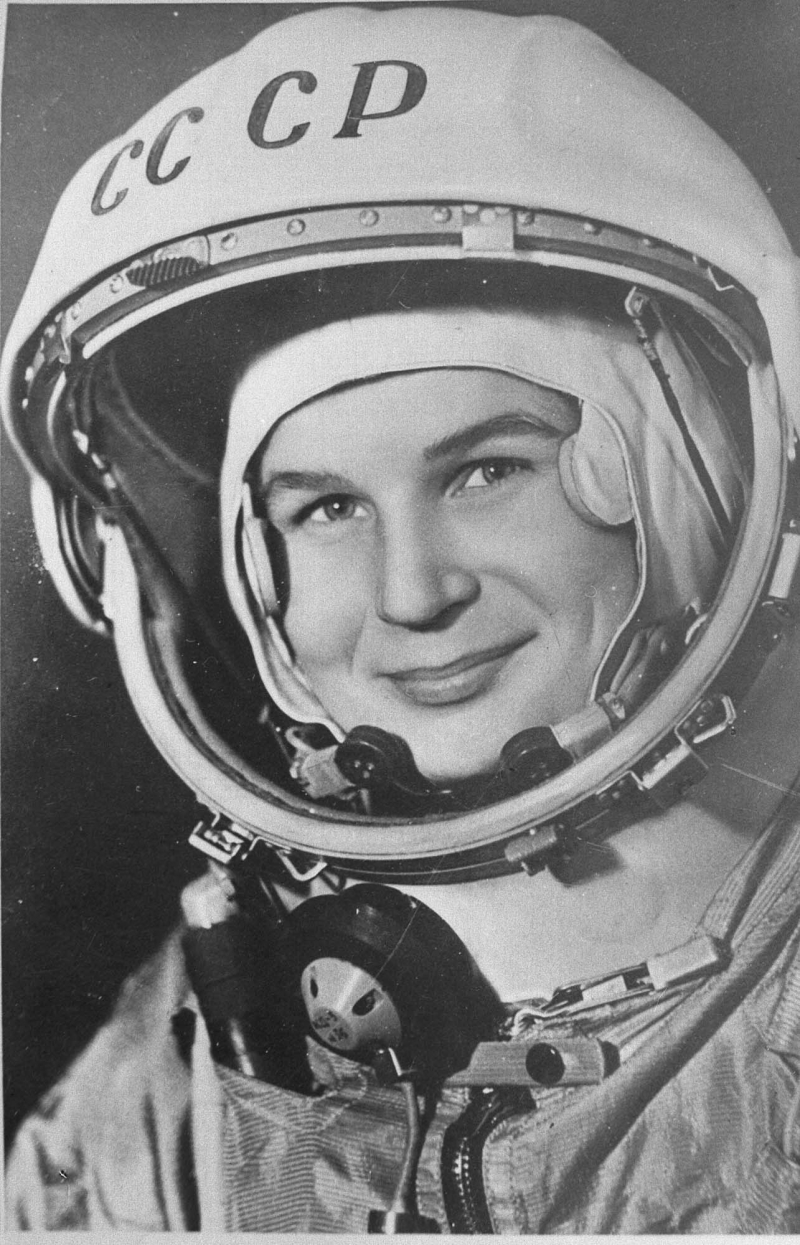
space.blog.gov.uk https://www.youtube.com/watch?v=qOIixTepA7M -
Guion Stewart Bluford Jr. (born November 22, 1942) is an American aerospace engineer, retired United States Air Force (USAF) officer and fighter pilot, and former NASA astronaut, becoming the first African American to fly to space. He remained a USAF officer while assigned to NASA, advancing to the rank of colonel. Between 1983 and 1992, he flew on four Space Shuttle missions. As a member of the crew of the Orbiter Challenger on the STS-8 mission in 1983, he became the first African American and the second person of African origin in space, following Cuban astronaut Arnaldo Tamayo Méndez.
Bluford was chosen as a NASA astronaut as part of NASA astronaut group 8 in January 1978. Nichelle Nichols recruited him as part of a NASA initiative to boost the number of minority and female astronauts. They trained for a year before being named astronauts in August 1979. His technical responsibilities have included Space Station operations, the Remote Manipulator System (RMS), Spacelab systems and experiments, Space Shuttle systems, payload safety issues, and flight software verification in the Shuttle Avionics Integration Laboratory (SAIL) and the Flight Systems Laboratory (FSL).
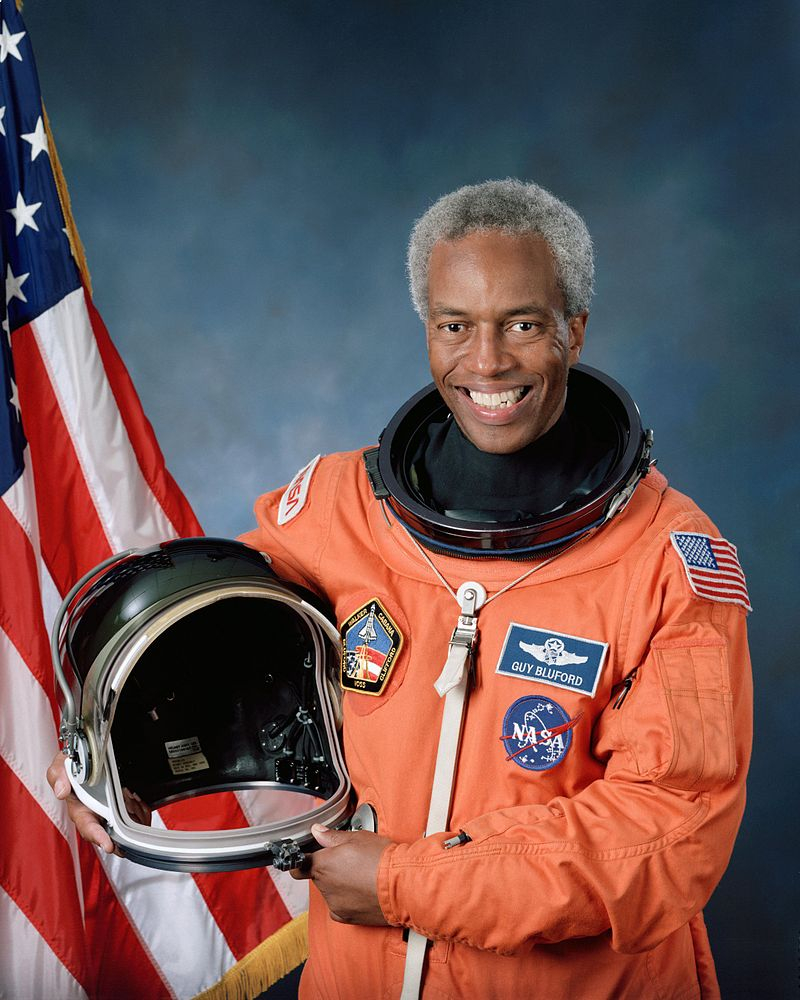
blogspot.com https://www.youtube.com/watch?v=rWxGAogqr4M -
Before human spaceflights, animals in space were used to evaluate the durability of spaceflight. Other non-human animals were later flown to study various biological processes and the impact of microgravity and space flight on them. Bioastronautics is a branch of bioengineering that focuses on the study and maintenance of life in space. To date, the United States, the Soviet Union, France, Argentina, China, Japan, and Iran have all sent animals into space.
The first animal was launched on the Soviet Sputnik 2 in 1957, a little female dog named Laika. Laika was placed in a pressurized chamber within a 1,103-pound (500-kilogram) capsule, and she perished after a few days in orbit. The United States sent a squirrel monkey dubbed Old Reliable into orbit on the Jupiter flight on December 12, 1958, but it drowned during retrieval. NASA launched two female monkeys into orbit on another Jupiter trip the following year, and both were retrieved alive.
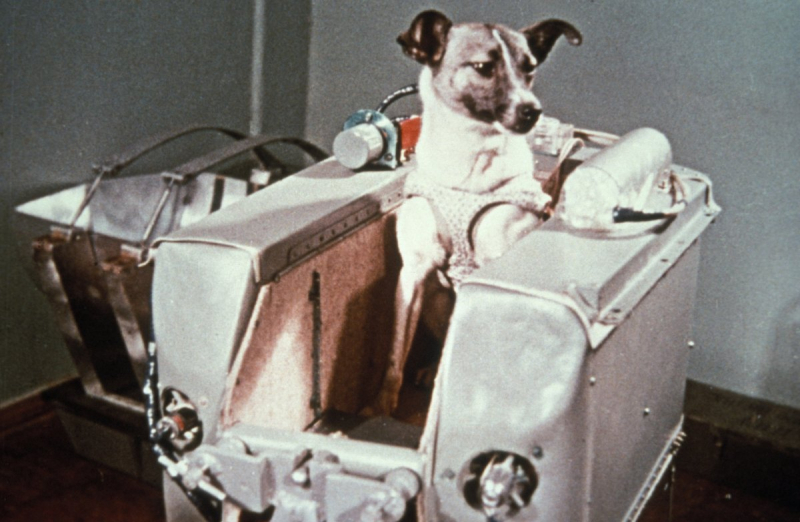
What was the first animal in space? - HISTORY https://www.youtube.com/watch?v=qNY2cZWcHeY -
A space station is a form of space habitat that is capable of maintaining a human crew in orbit for a prolonged length of time. It lacks significant propulsion and landing systems. An orbital station, sometimes known as an orbiting space station, is a form of artificial satellite (i.e. a type of orbital spaceflight). Docking ports are required on stations so that other spacecraft may dock and transfer people and supplies. Depending on the program, the objective of maintaining an orbiting outpost varies. The majority of space stations have been launched for research objectives; however military launches have also happened.
So far, space stations have been the only long-term direct human presence in space. Following the first station, Salyut 1 (1971), and its tragic Soyuz 11 crew, space stations have been operated in succession since Skylab (1973), allowing a progression of long-duration direct human presence in space. Since 1987, when the Salyut successor Mir arrived, stations have been manned by successive crews. Since the operational transition from the Mir to the ISS, with its initial occupation in 2000, stations have been occupied without interruption. The ISS has housed the most people in space at the same time, reaching 13 for the first time during STS-127's eleven-day docking in 2009.
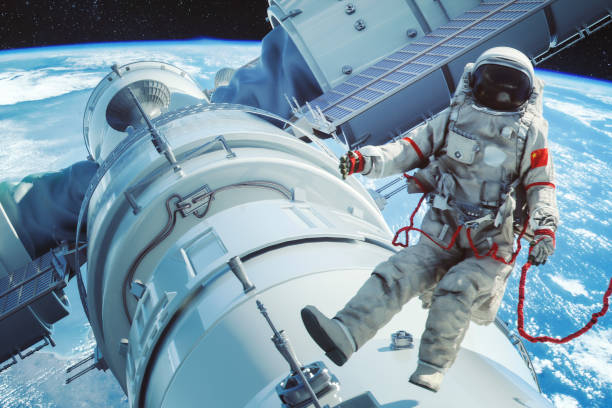
istockphoto https://www.youtube.com/watch?v=IagxIpCvMl4













